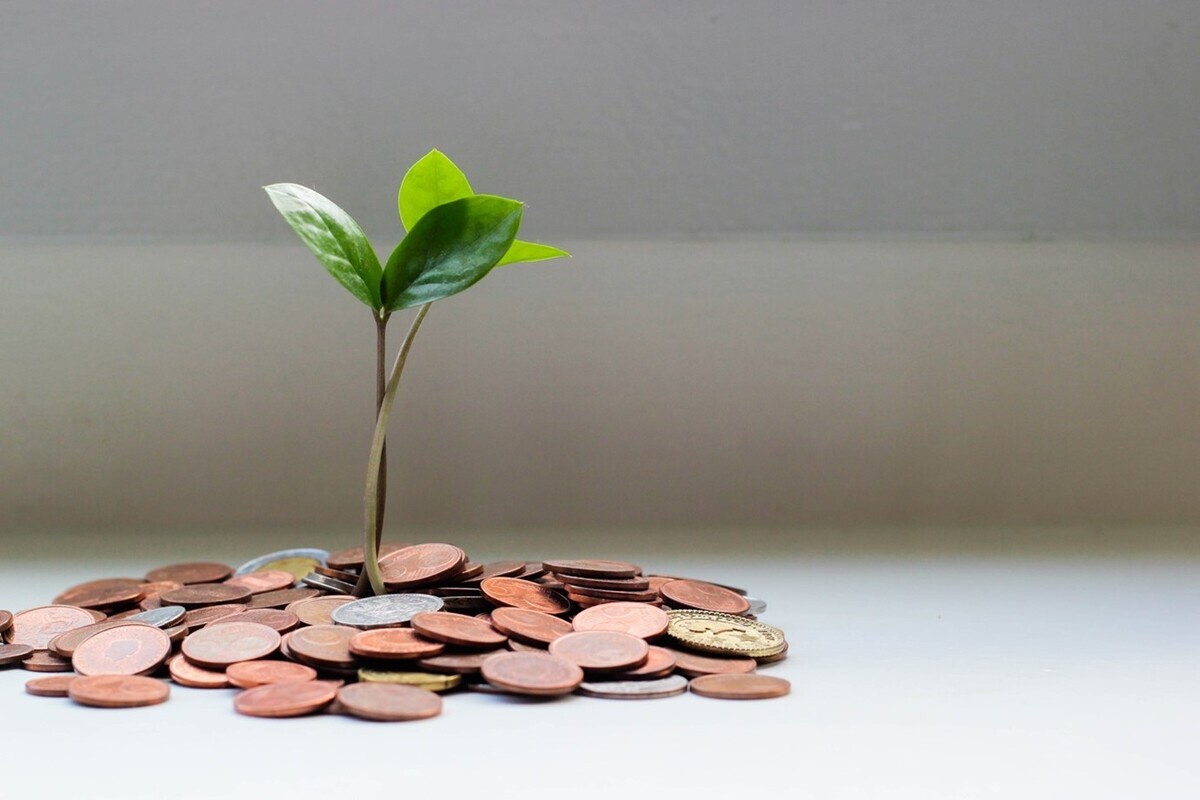Ready to engage with sustainability? Here’s what banks should know
Sponsored by ecolytiq
Banks are realising that there’s an elephant in the room. A big, green, sustainable one – and exactly how they engage with it will determine whether they fall to the back of the pack or emerge as leaders in a new age of banking.
Sustainability has come to touch every facet of our lives. From the clothes we wear to the food we eat to the cars we drive, there’s a reckoning going on as consumers reconcile with their direct impact on the environment.
Climate change not only spells disaster for our planet and society, but it also has catastrophic consequences for the resilience of financial systems around the world. The finance and banking sector has a unique role to play in sustainability.
As facilitators of financing, financial institutions are heavily influential in deciding what kind of infrastructure receives funding and, by in large, how their customers manage their money. Banks can and should leverage this position to directly contribute to the fight against climate change.
Sticking to business as usual is the business of the past. Financial institutions across the globe stand before a decision on the future of our planet. Some view this decision as another cost to bear, while other savvy stakeholders have realised it could be the greatest opportunity in generations.
Reimagining the customer relationship
Since its inception, banking has morphed into a complex web of deals, debts and bottom lines, having left many banks to forget the ‘why’ behind it all. Banks used to play an intimate role in the lives of their customers, accompanying them as they stepped over the threshold of their new home or lending a helping hand as they gripped the steering wheel of their first car. But that’s changed – and customer trust has suffered as a result.
What’s the key takeaway? If banks are to succeed in staying relevant in a greener, more environmentally conscious world, they need to adopt a customer-centric green banking approach by hyper-personalising sustainability features within their banking products. The best way to generate scalable impact is for banks to support their customers in their journeys towards environmentally conscious lifestyles.
Why? Because the demand and expectation are there, but consumers lack the guidance to act. Fortunately, the potential for banks to fill this role is massive and will come to shape the role of banking in society for many years to come. Once banks begin to leverage this huge potential, they can begin to rethink how to scale their impact and reforge vital relationships with their customers.
The big opportunity the climate crisis poses
It all starts with realising that the climate is in crisis and that directly impacts everything and everyone – especially the financial sector. A report by Deloitte sheds new light on what climate inaction would cost the global economy. The price tag of 3 degrees Celsius average global temperature rise would be an estimated $178 trillion by 2070. And so far, we’ve already reached 1.1 degrees.
Crisis, however, makes way for consequential change. Key to this transition is banks seeing themselves not as sellers of products but rather as engines for climate action. Our entire society needs an upgrade, including the way we produce energy, travel and eat, with old infrastructures retrofitted with new, sustainable versions.
These upgrades will need to come in the form of sustainable investments. From renewable energy to alternative food production to sustainable housing, green investments will touch all facets of society. And that’s a tall order. Yet it’s also the opportunity of a lifetime and especially for the lifetimes that come after it.
The key for banks to unlock this potential is to empower their customers with transparency and knowledge around their individual environmental impact by seizing customer demand to offer guidance and tools. With 80 percent of consumers willing to make changes to their daily lives to reduce their environmental footprint, many feel frustrated. When banks invest in their customers, they also invest in their futures, working to prevent as much damage and loss as possible. It is high time banks built a robust, transparent customer experience that inspires trust and finances the future.
Transparent banking: the banking of the future
If the need to act on climate change is so crucial, the question remains of how to do so. It begins with a genuine focus on transparency and sustainability. The tendency to veer off into the dangerous waters of greenwashing is all too common and results in more damaging long-term effects to customer trust than is worth the short-term gains. By showing a real dedication to transparency, banks build durable loyalty with their customers.
According to a survey by Cornerstone Advisors, approximately 70 percent of Generation Z and Millennials would be interested in using a carbon footprint tracker if it was provided by their bank. Offering environmental footprinting is a crucial first step in the sustainability value chain. Footprinting functions as a platform for new forms of engagement, allowing banks to play a more important role in the lives of their customers.
By partnering with ecolytiq, banks can transform their data into powerful environmental impact calculations for customers, shedding light on the environmental impact, such as CO2 emissions, of each transaction in real-time. From there, customers can further engage with their banks by diving into integrated climate insights that nudge customers to the end goal of more sustainable spending.
Having built a solid base of customer trust, financial service providers can empower their customers to go further by incentivising impact offsetting and ESG investing. Empowered retail banking customers can make a long-lasting difference, simply and effectively, by using their banking app as a force for good.
A sustainability value chain means growth – a new kind of growth in the right types of infrastructures, industries and products that meet our needs today without ruining things for future generations. When was the last time that the best thing to do was also the right thing to do? In the end, it’s a win-win business case for people, the planet and profit: a solution that’s easy to implement and goes a long way in solving one of humanity’s greatest challenges.
Kick off your green banking transformation today with the right partner to get you there. Get in touch with ecolytiq or browse some of our resources to get started.

Max Honzik
Content & PR Manager, ecolytiq

Business Reporter Team
Most Viewed
Winston House, 3rd Floor, Units 306-309, 2-4 Dollis Park, London, N3 1HF
23-29 Hendon Lane, London, N3 1RT
020 8349 4363
© 2025, Lyonsdown Limited. Business Reporter® is a registered trademark of Lyonsdown Ltd. VAT registration number: 830519543





